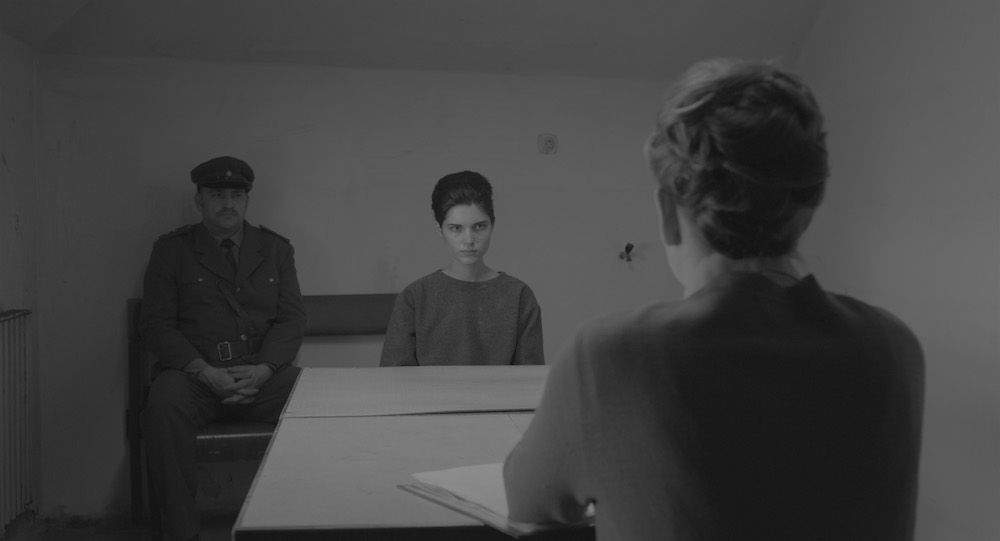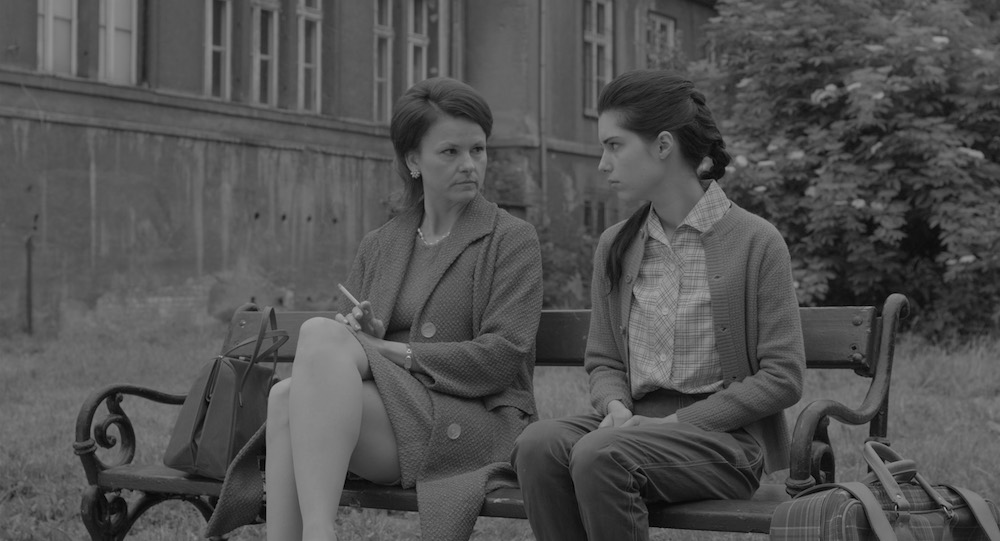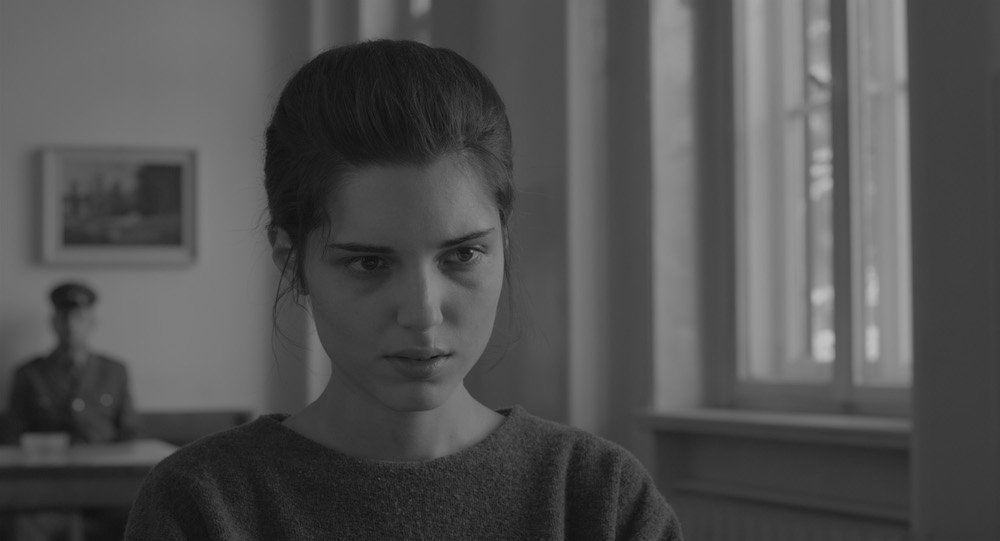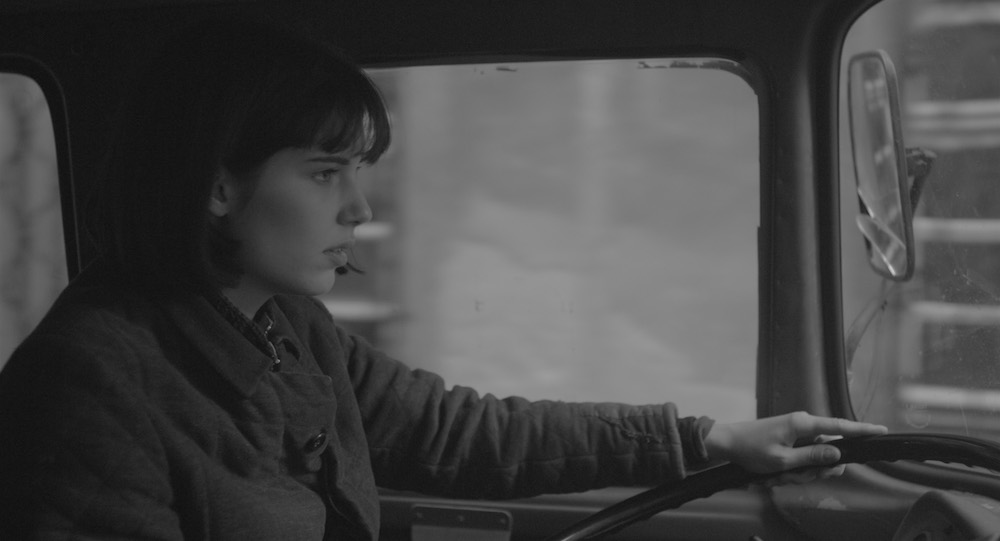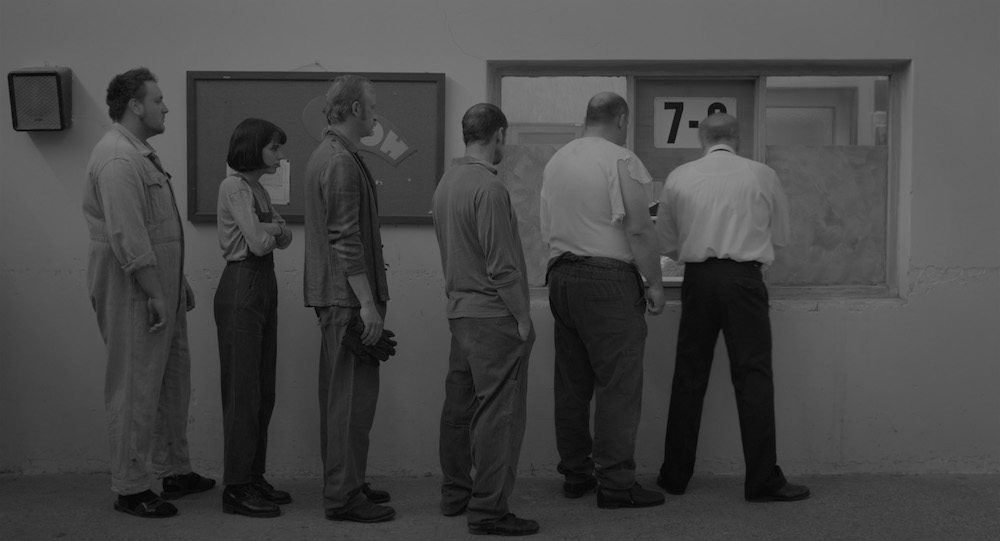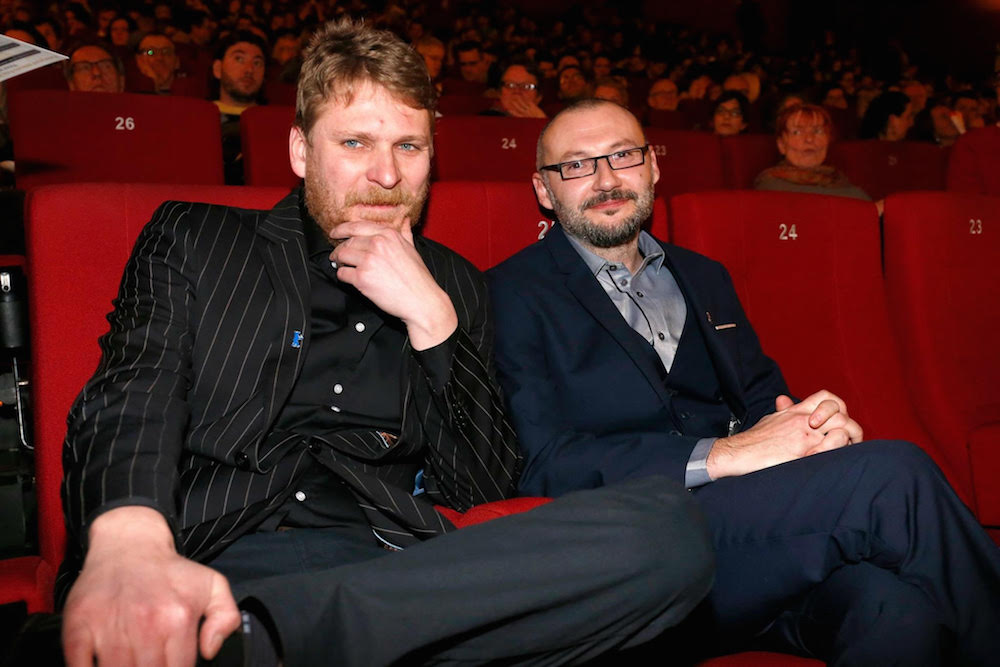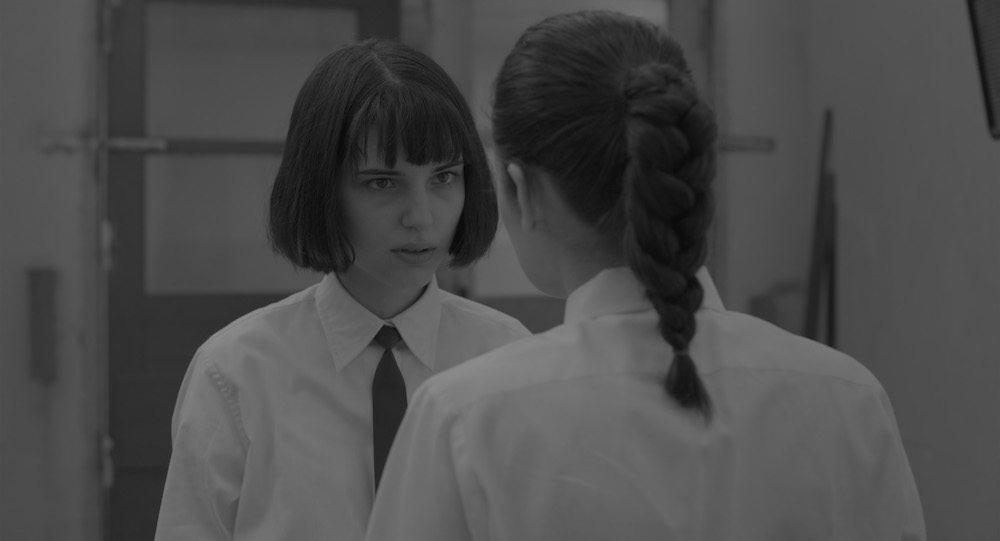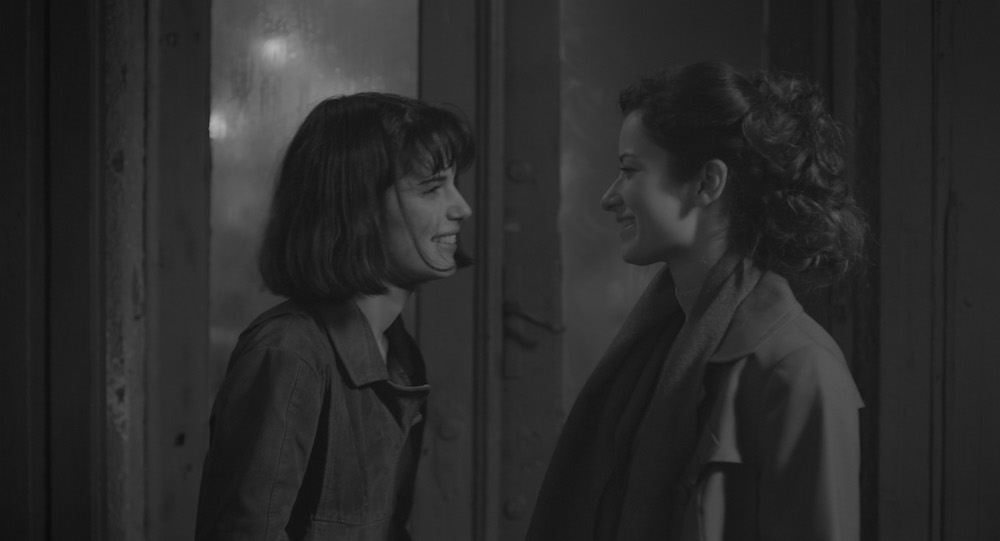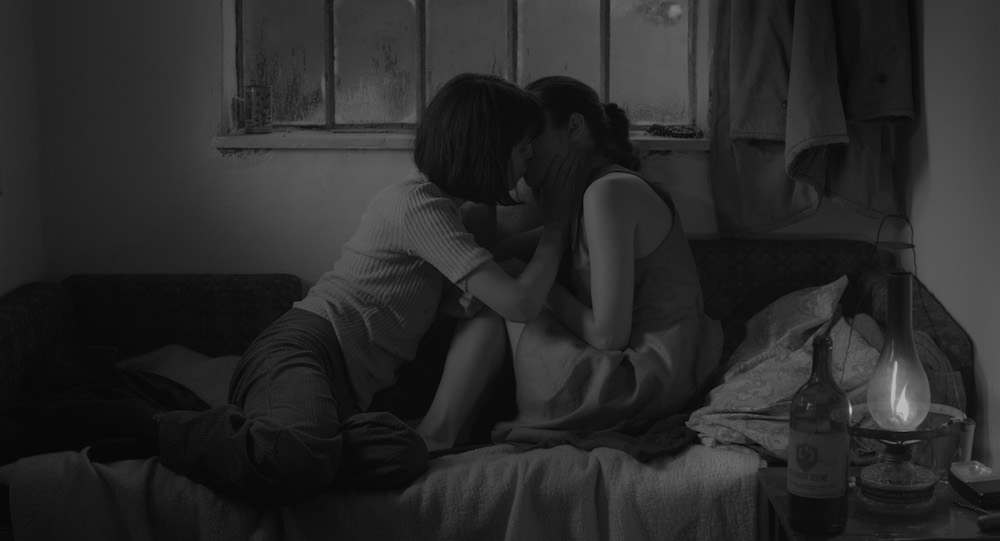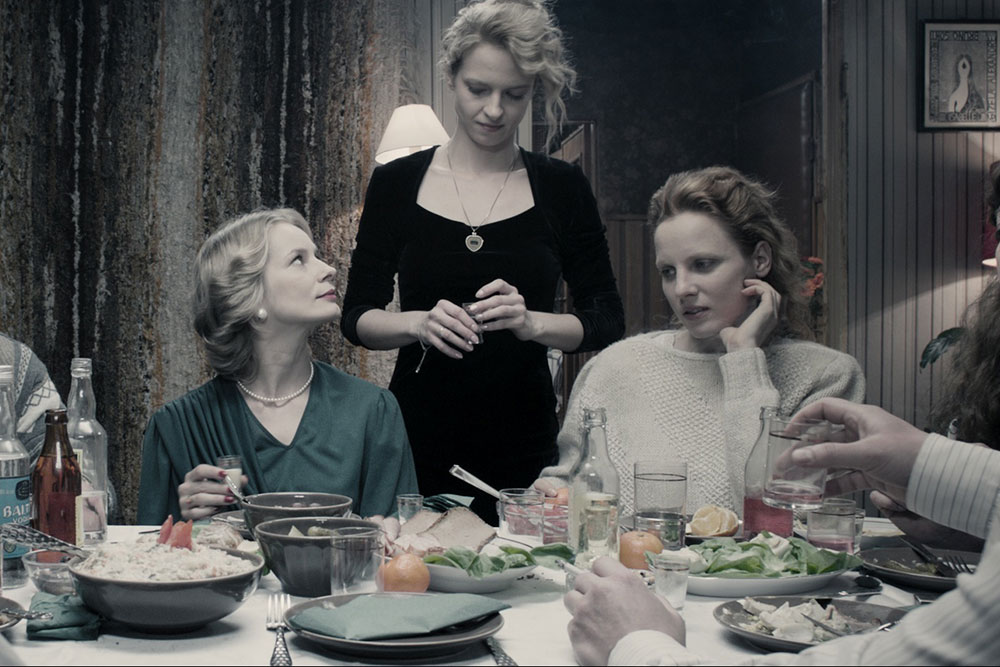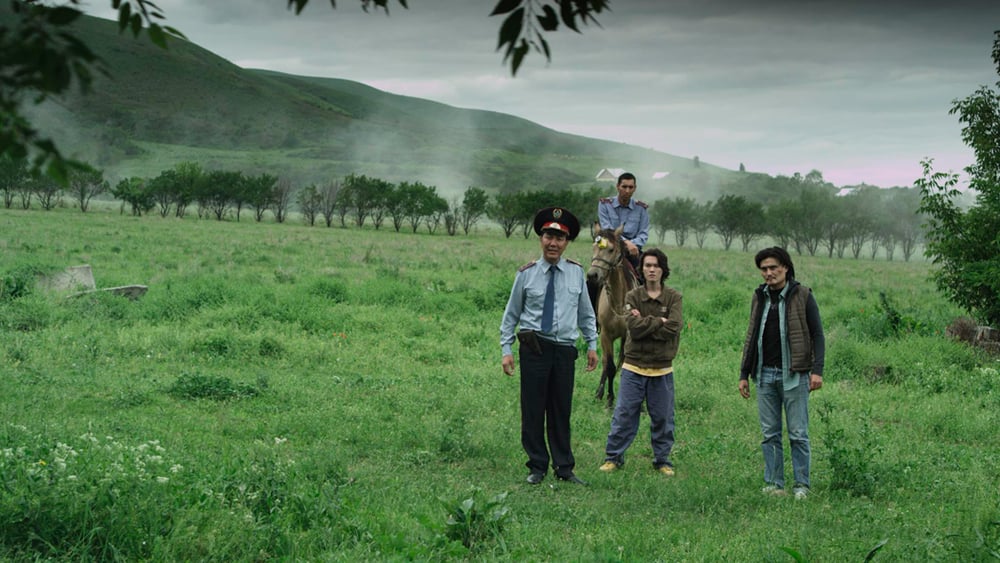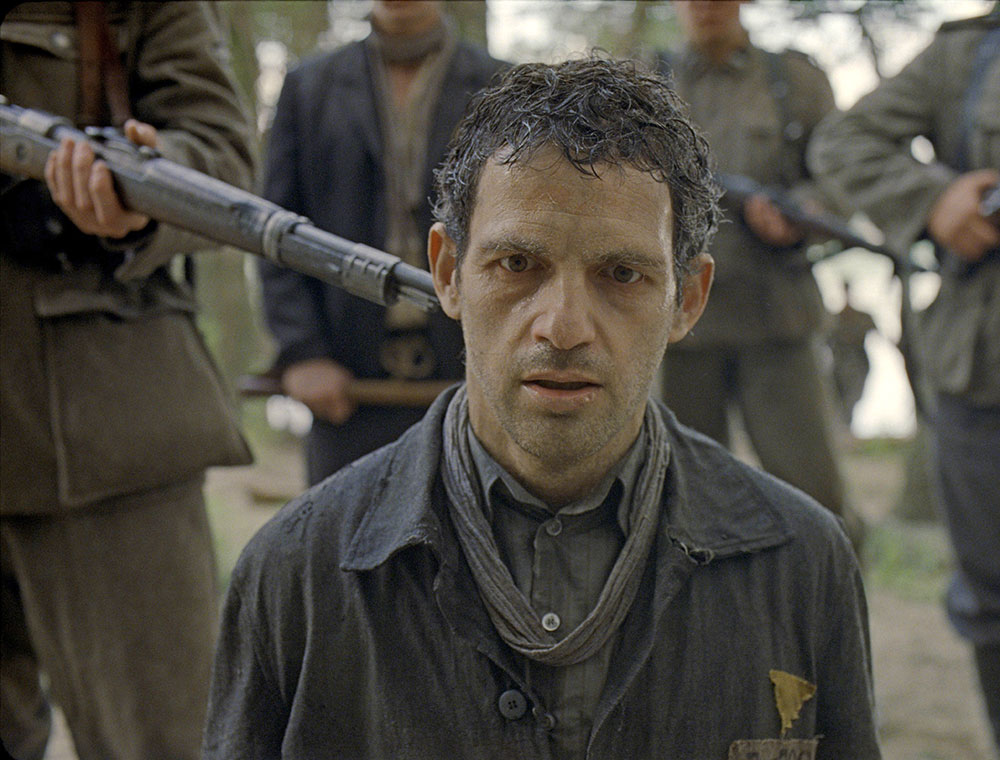Driven to it: how do you make a tasteful biopic about a lesbian mass murderer?

I, Olga Hepnarová, a stylish black-and-white film about the last woman to be executed in Czechoslovakia, has been making waves at festivals this year. The Calvert Journal caught up with directors Tomáš Weinreb and Petr Kazda and star Michalina Olszańska
On 10 July 1973, Olga Hepnarová, a 22-year-old truck driver with a long history of psychological and emotional turmoil, ploughed her lorry into a crowd of people waiting for a tram on a Prague sidewalk, killing eight and seriously injuring 12, most of them elderly. It was not an accident: as Hepnarova had detailed in letters she had sent to two newspapers prior to her crime, and in subsequent confessions, she was committing the mass murder as an act of willful and carefully planned revenge against a society that had cruelly ostracised and bullied her throughout her life, and she intended her crime to serve as a type of warning to other oppressors that the downtrodden may occasionally strike back. Utterly remorseless and entirely sane, Hepnarová was found guilty and hanged less than two years later, the last woman ever executed in Czechoslovakia.
I, Olga Hepnarová, the new debut feature by the Czech writing-directing team of Tomáš Weinreb and Petr Kazda, revisits this largely forgotten tragedy, transforming it into one of the most unforgettable films to emerge from eastern Europe (or anywhere else) in recent years — an unsparing, emotionally affecting portrait of loneliness and alienation that stands alongside such other haunting and harrowing works as Scorsese’s Taxi Driver or Bresson’s Mouchette. Like those films, one of I, Olga‘s greatest strengths is its unwavering subjective, first-person focus on an outwardly unsympathetic protagonist (beginning with its very title), and its ability to make the audience experience the world entirely through Olga’s misanthropic view. Olga is one of the angriest main characters to emerge in some time, yet Weinreb and Kazda ensure that one always maintains compassion and empathy for her, and her subsequent revulsion towards humanity. The film’s spare, minimalist aesthetic and striking black-and-white cinematography have led some to unwisely compare it to Paweł Pawlikowski’s overpraised Ida, but whereas that film’s efforts to evoke the European arthouse classics of the 1950s and 60s felt self-conscious and contrived, the starkness of I, Olga feels quite raw and unique.
The writing-directing duo also did substantial research on the real Hepnarová: “We tried to get as much information as we could,” Weinreb explains. “We drew mostly from the book by Roman Cílek, which is a very high-quality factual account. We also had access to the court transcripts, and we consulted with Čestmír Kozar, a Czech Hepnarologist, if you can call him that. We met both with people who knew Olga over longer periods, such as her friend Miroslav, as well as those who interacted with Olga only a few times. It was interesting how much the tragedy continues to affect them even after so many years. When we met they often didn’t communicate specific information as much as they expressed strong emotions.”
Incarnating — the term “portraying” seems woefully inadequate — the role of Olga Hepnarová is the extraordinary Polish actress Michalina Olszańska. She reflects on attempting to capture Olga: “I didn’t want to copy the real person. Firstly, it’s impossible. Secondly, there was no point in doing this. We wanted to tell the story based on the true events, but it was extremely important for us to show that Olga’s problem was, and still is, universal. Today, we know much more about psychological issues, depression, we talk about tolerance, and so on. But it doesn’t mean we understand how important it is to take care of people who feel strange and sick, only because our society treats them like that. Olga Hepnarová is a symbol, representative of all those teenagers who hurt themselves, all those outcasts that we are afraid of but we do nothing to help them.”
Olszańska underplays the manic behaviour and the character’s obvious pain, yet is no less riveting or searing for the austere approach. Despite the Prague setting, Weinreb and Kazda shot the majority of the film in Poland (in Nowa Ruda, Kłodzko, and Wrocław), and the presence of Olszańska was also helpful in securing Polish co-financing, as she is currently on a bit of a career surge, with lead roles in the Polish fantasy fest favorite The Lure among others (Weinreb also notes that they wanted a non-Czech actress to additionally emphasize Olga’s discomfort with social assimilation).
“Michalina simply immersed herself in Olga and became Olga,” says Kazda. “Her powers of concentration were incredible, she didn’t talk to anyone, during breaks she prepared for the next shot, after shooting she left for the hotel, where she was alone like Olga.” “It was quite natural,”, says Olszańska. “I never try to ‘rape’ my own personality in order to become a movie character. But yes, it’s necessary to focus and understand what that person feels. It was complicated with Olga. She did something unforgivable, and it’s impossible to justify her, but that’s certainly not what our story’s about. We wanted to show that she is so lonely and so lost, that she eventually commits a very complicated suicide. No, it wasn’t easy to ‘tame’ Olga and all her demons and then to let them go. On the other hand it’s not a film about pure evil, quite the opposite. There are no evil people. There are just lonely and loveless people.”
Gender and sexuality also play significant roles in the film, the former largely cinematically, the latter within the real Hepnarová‘s story. There have been innumerable cinematic depictions of morose misfits and anti-social loners, but most of those films have focused on a male figure who resorts to violence to convey the pain he can’t communicate verbally. Weinreb and Kazda’s film is that rare film which examines these issues from a distinctly female perspective. Hepnarová was gay, and her status as a lesbian in an early-1970s Czechoslovakia which scarcely acknowledged, let alone approved of, such a thing, clearly contributed to her feelings of frustration towards society. The film doesn’t labour this characteristic of Hepnarová‘s life, but it is also not prudish about explicitly portraying Olga’s sexuality.
“I believe that if you’re an actor, your body is your instrument,” Olszanska reflects, looking back on the shoot. “It’s not me who takes off my clothes and has sex – it’s the character I play. Sexuality is a very important part of our existence, and that’s why sometimes it’s necessary to show it in the film. In Olga’s case it was even more important. She tried to find love, her searches were compulsive but fruitless. In my opinion this whole story is about loneliness. The fact that she was a lesbian could have been a problem in those days. She knew that she would never tell her parents about this, she considered herself a weirdo, a sick person. This point of view has fortunately changed today, but it’s still very important to pay attention to the issue of intolerance.”
Following Hepnarová‘s mass murder — a single-shot sequence that is framed in a simultaneously subjective and oblique way — I, Olga Hepnarová has a slight but decided perspective shift, as the film’s heretofore intimate identification with Olga becomes a more clinical, detached study, with abrupt bursts of short scenes chronicling her trial and incarceration, as if the film was now placing her in a fishbowl and stealing glances at her from outside the glass. “We always tried to be, and yet not be, with Olga Hepnarová,” reflects Weinreb. “We tried to find a balance, both in terms of our perspective and the facts we knew. There was a lot we didn’t know about Olga, it’s impossible to know everything. For us her crime will always have the subtext of something irrational.”
